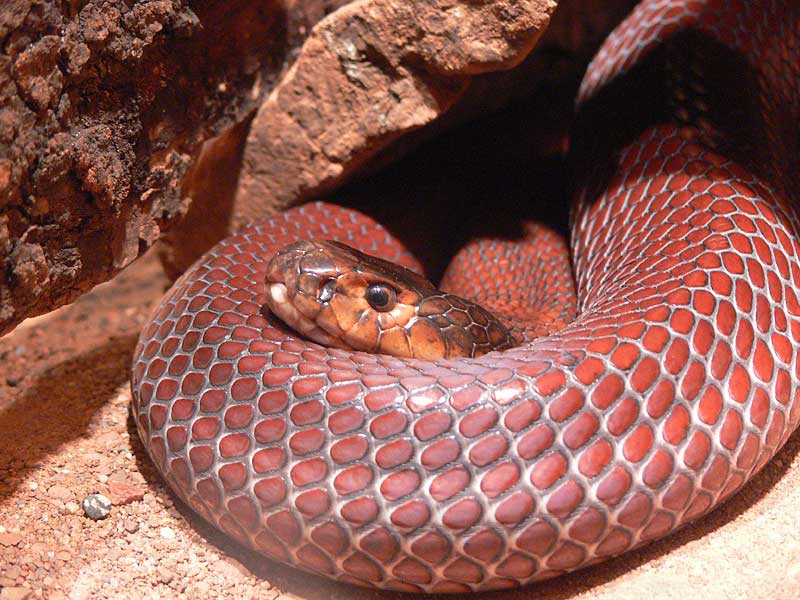The world of snakes presents a fascinating study in thermal biology, with different species displaying remarkable variations in their ability to regulate body temperature. Unlike mammals and birds that generate internal heat, snakes are ectotherms, relying on external sources to maintain optimal body temperatures. However, not all snakes are created equal when it comes to thermoregulation. Some species have evolved sophisticated mechanisms to control their temperature with remarkable precision, while others struggle in environments with temperature fluctuations. This disparity in thermoregulatory ability has profound implications for snakes’ survival, feeding patterns, reproductive success, and geographic distribution. Let’s explore the fascinating reasons behind why some snakes are thermal regulation champions while others face challenges in maintaining their ideal body temperature.
The Basics of Snake Thermoregulation
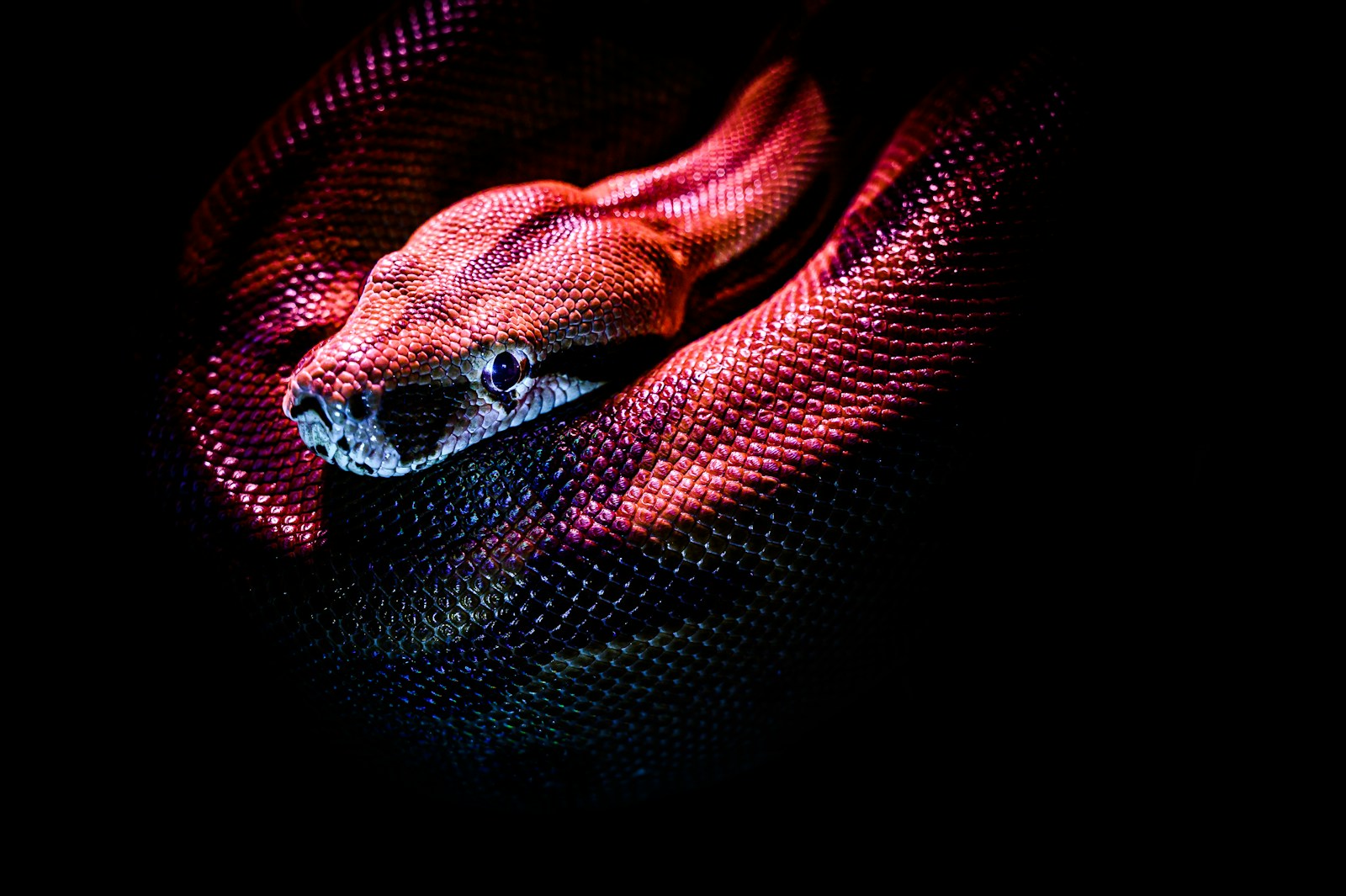
Snakes, as ectothermic animals, cannot generate internal heat through metabolic processes like mammals do. Instead, they rely on behavioral adaptations to regulate their body temperature, primarily by moving between warmer and cooler areas of their environment. This process, known as behavioral thermoregulation, allows snakes to maintain their body within a preferred temperature range that optimizes physiological functions. During cooler periods, snakes may bask in the sun or on warm rocks, while seeking shade or burrows when temperatures rise too high. The efficiency of this temperature regulation system varies dramatically across species, with some snakes demonstrating remarkable precision in maintaining optimal temperatures while others exhibit wider temperature tolerances. This basic thermoregulatory strategy forms the foundation upon which more specialized adaptations have evolved in different snake lineages.
Habitat Specialization and Thermal Adaptation
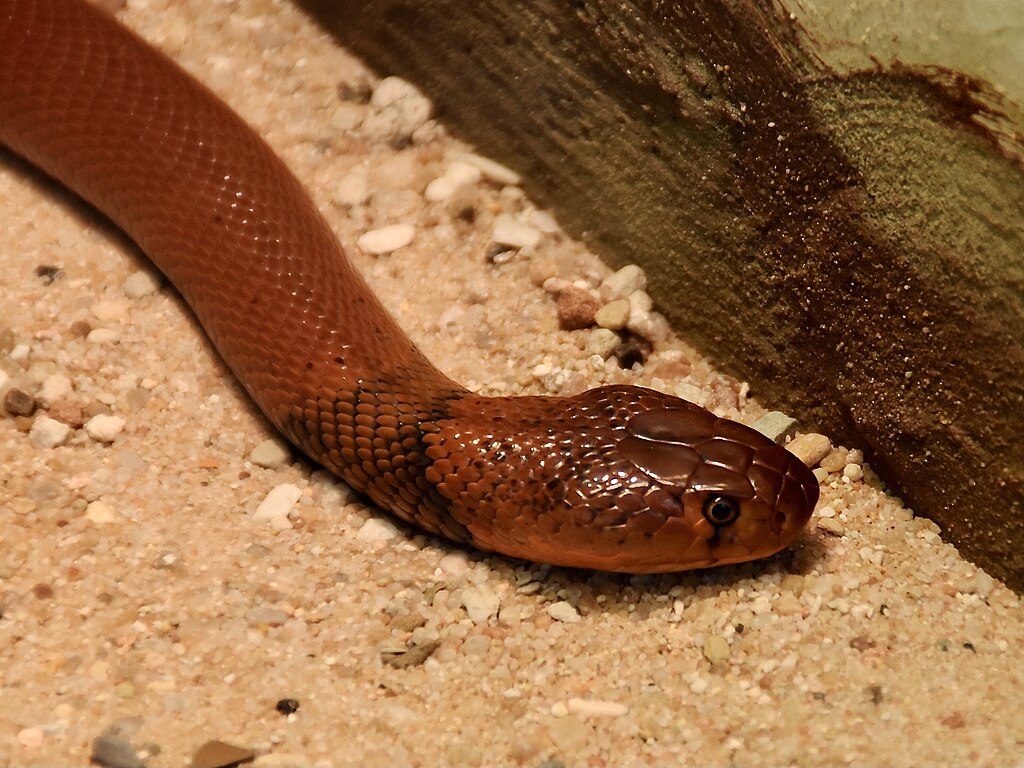
A snake’s natural habitat has profoundly shaped its thermoregulatory capabilities through evolutionary adaptation. Desert-dwelling species like the sidewinder rattlesnake (Crotalus cerastes) have evolved exceptional abilities to regulate their temperature in extreme environments with limited thermal refuges. These specialized desert snakes often display higher thermal precision, capable of maintaining body temperatures within a narrow optimal range despite the harsh conditions. Conversely, temperate forest snakes like many rat snake species have evolved to tolerate wider temperature fluctuations as their environment naturally provides more thermal variation. Tropical forest snakes face yet another challenge, as the dense canopy limits basking opportunities, leading to adaptations for lower preferred temperatures and activity patterns synchronized with available thermal resources. These habitat-driven adaptations demonstrate how environmental pressures have shaped diverse thermoregulatory strategies across snake species.
Body Size and Thermal Inertia

The physical dimensions of a snake significantly influence its thermoregulatory capabilities through a principle known as thermal inertia. Larger snakes like pythons and anacondas heat up and cool down more slowly due to their lower surface-area-to-volume ratio, giving them greater thermal stability but reduced responsiveness to environmental temperature changes. This characteristic thermal inertia means that large-bodied snakes maintain more consistent internal temperatures during brief environmental fluctuations, which can be advantageous in certain habitats. Smaller snakes, by contrast, experience more rapid temperature changes, allowing for quicker warming in the morning sun but also faster cooling when shade is needed. This size-dependent difference in thermal properties creates distinct thermoregulatory challenges and advantages for different snake species. The relationship between body size and thermoregulation is particularly evident when comparing juvenile and adult snakes of the same species, with younger, smaller individuals typically requiring more frequent behavioral adjustments to maintain optimal temperatures.
Coloration and Thermal Absorption
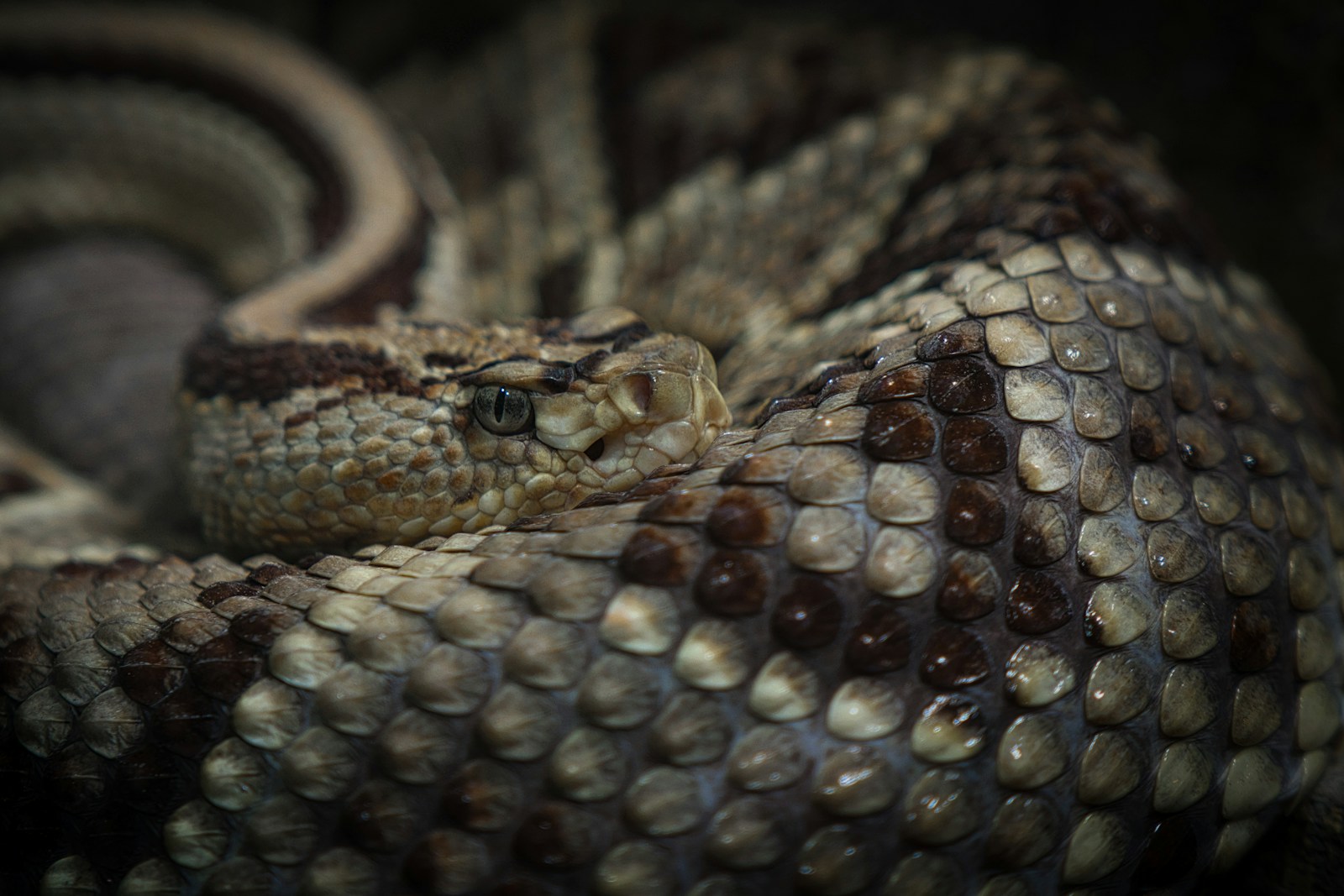
Snake coloration plays a surprisingly significant role in thermoregulatory efficiency, with darker-colored species generally absorbing heat more rapidly than their lighter counterparts. This thermal advantage of dark pigmentation is especially evident in cooler climates, where species like the black adder (Vipera berus) can warm more efficiently during limited basking opportunities. Some snakes display remarkable color adaptations that specifically enhance thermoregulation, such as the timber rattlesnake (Crotalus horridus), which exhibits regional color variations with darker individuals predominating in cooler northern ranges. Interestingly, certain species even demonstrate seasonal color changes, becoming darker during cooler months to maximize heat absorption. Beyond simple pigmentation, the microscopic structure of snake scales can also influence reflectivity and heat absorption, with some species evolving scale micro-ornamentation that optimizes thermal energy transfer while still maintaining the protective and locomotory functions of their scales.
Behavioral Sophistication in Thermoregulation
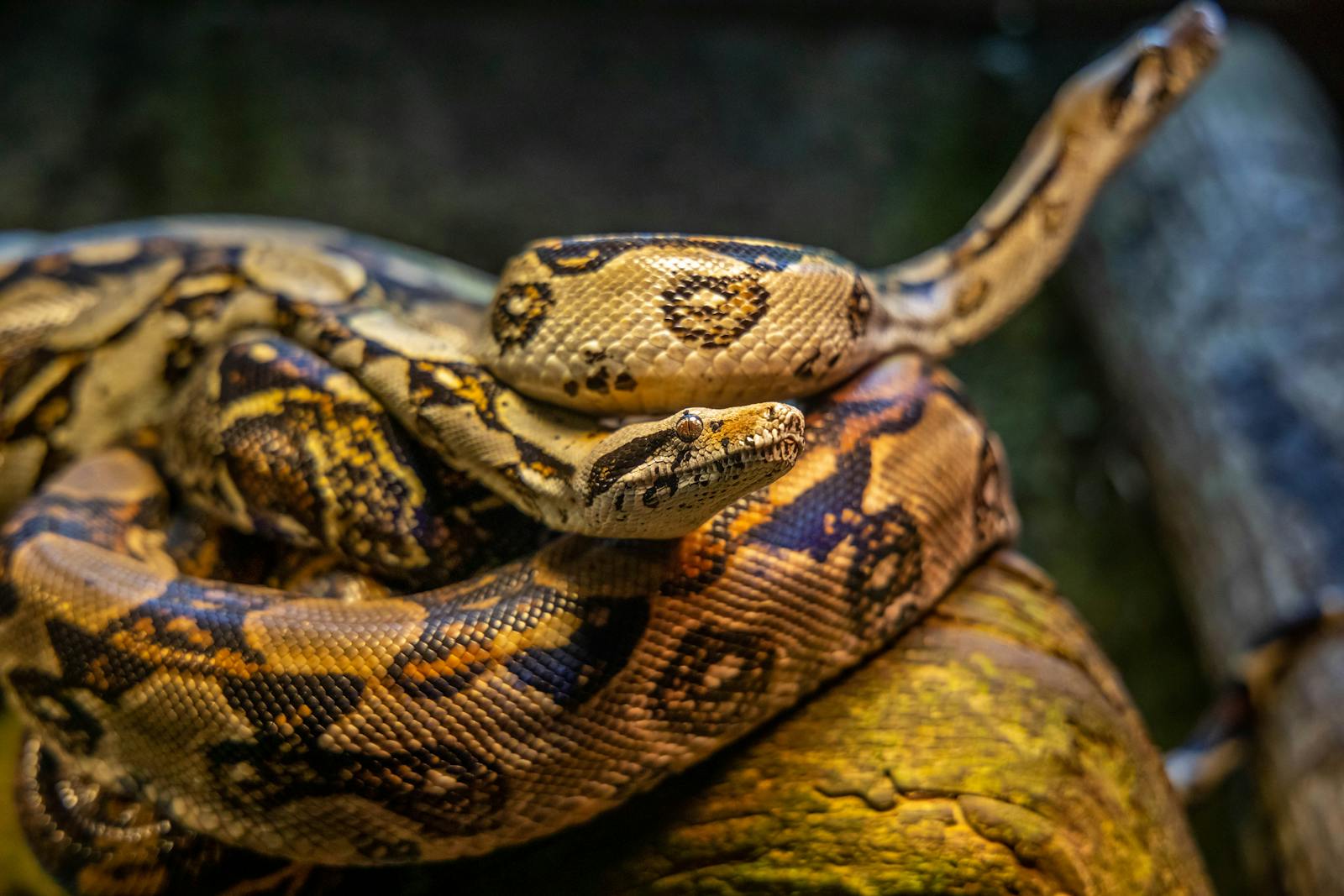
The complexity of thermoregulatory behaviors varies dramatically across snake species, with some demonstrating remarkably sophisticated temperature control strategies. Certain species, particularly those from more variable climates, show advanced behavioral repertoires that include precise timing of basking periods, strategic use of microhabitats, and complex postural adjustments that maximize or minimize sun exposure. For example, many rattlesnakes exhibit a behavior called “body bridging,” where they minimize contact with hot ground by forming arches with their bodies while still exposing their dorsal surface to warming sunlight. Some highly specialized species like the Australian black snake (Pseudechis porphyriacus) have been observed to adjust their basking position throughout the day to track optimal sun angles. These complex behavioral adaptations require advanced sensory capabilities and neural processing that not all snake species possess, creating significant differences in thermoregulatory precision between behaviorally sophisticated species and those with more limited behavioral repertoires.
Physiological Adaptations for Temperature Control
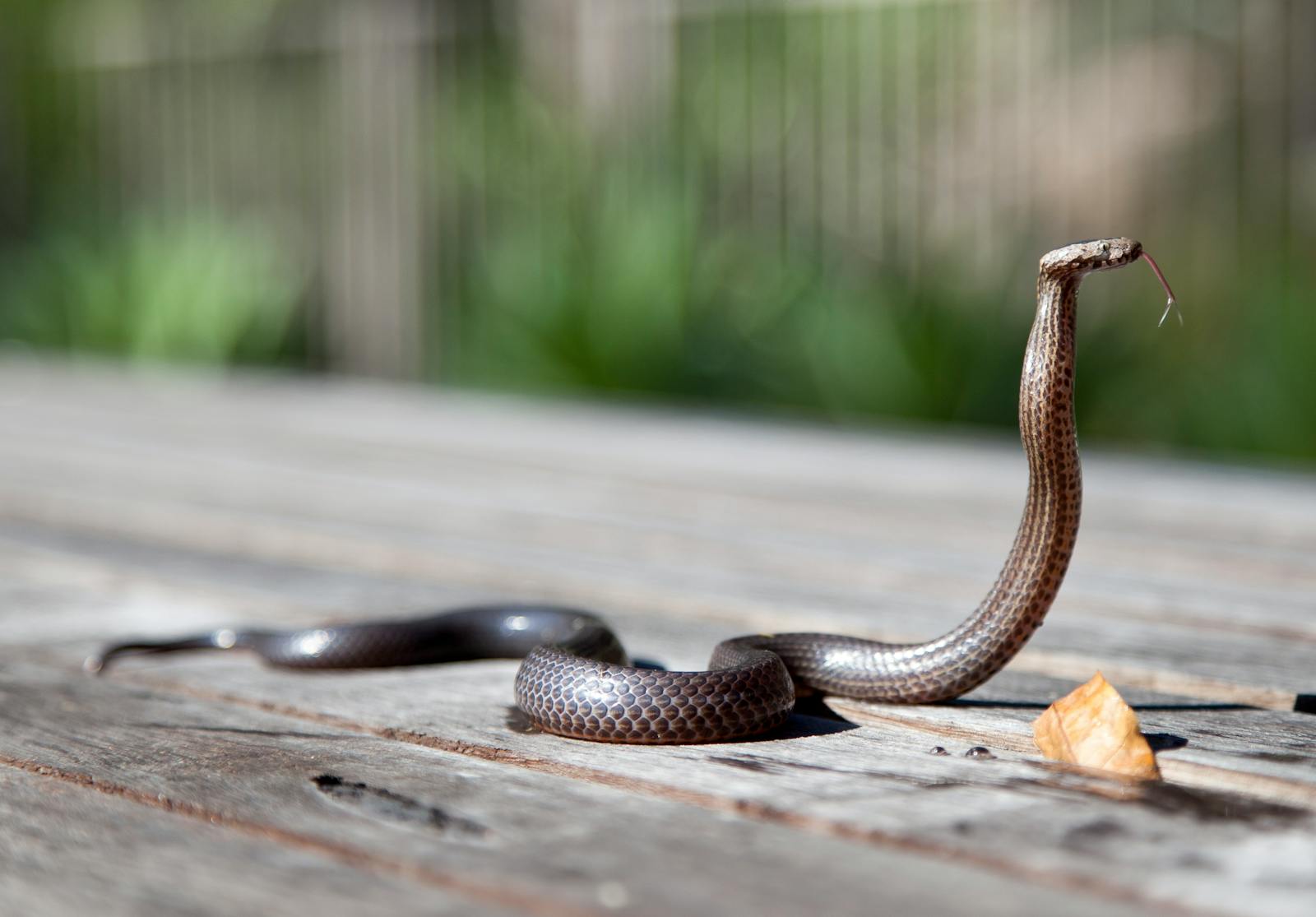
While behavioral thermoregulation is the primary strategy for all snakes, certain species have evolved physiological adaptations that enhance their temperature regulation capabilities. Some specialized snakes possess modified blood vessel arrangements called countercurrent heat exchangers that help conserve body heat by transferring warmth from outgoing blood to incoming blood. Desert specialists like horned vipers have developed physiological mechanisms to cool their brains below body temperature, protecting this critical organ from thermal damage during extreme heat exposure. Certain pit vipers can even use their heat-sensing pit organs not just for hunting but also for detecting optimal thermal environments with remarkable precision. Perhaps most impressive are the circulatory adaptations of some cold-climate species like timber rattlesnakes, which can selectively direct blood flow to specific body regions to either conserve heat or cool targeted areas as needed. These physiological specializations create significant advantages for species that have evolved them, contributing to the disparity in thermoregulatory capability across different snake lineages.
Reproductive Strategies and Temperature Demands
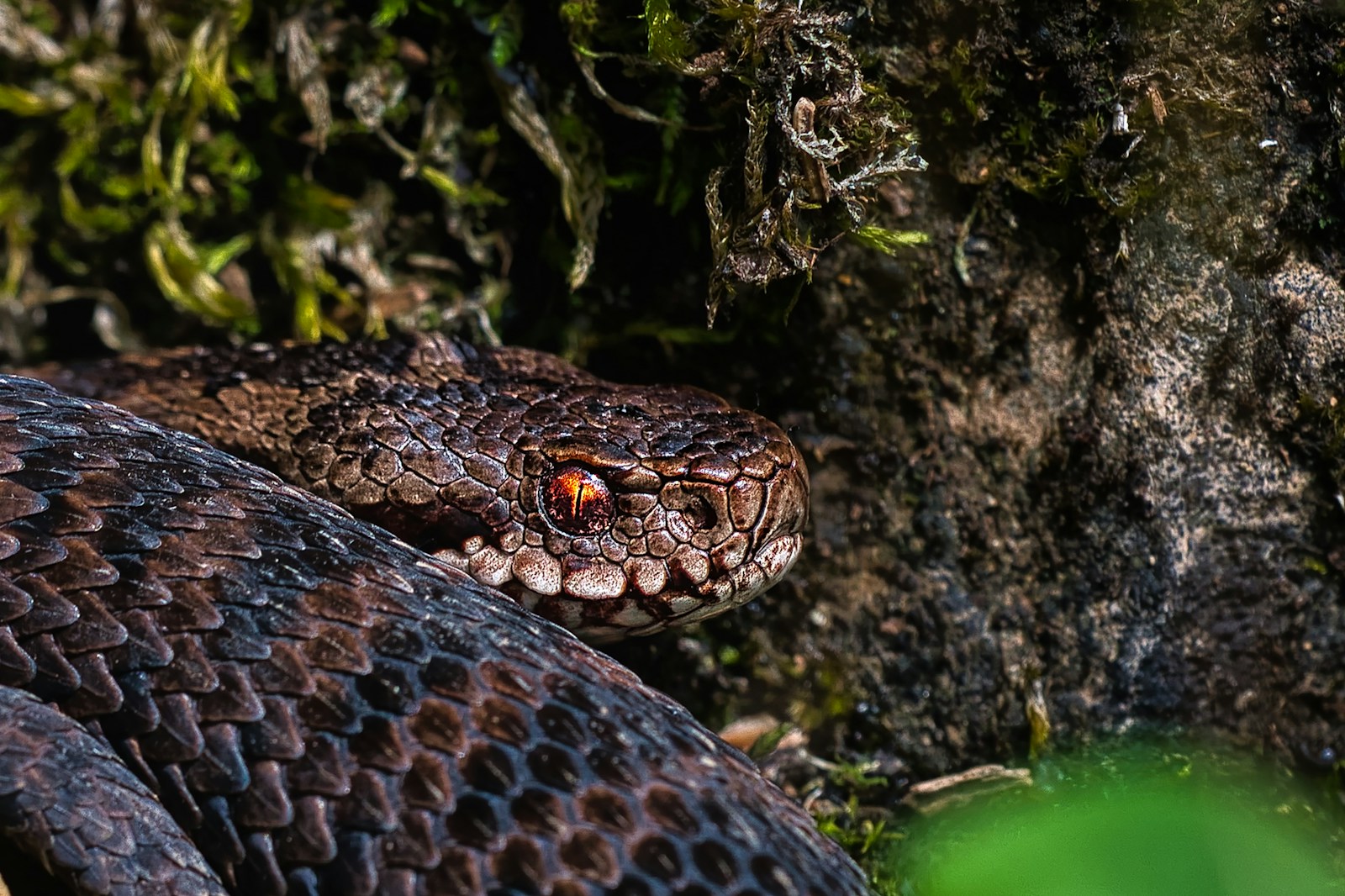
Reproduction places unique thermal demands on snakes, with viviparity (live birth) and oviparity (egg-laying) creating different thermoregulatory challenges that have shaped species’ capabilities. Viviparous species like many rattlesnakes and boas must maintain precise body temperatures to support embryonic development, which has driven the evolution of extraordinarily precise thermoregulatory behaviors in these lineages. Female viviparous snakes often demonstrate dramatically different thermoregulatory patterns during pregnancy, maintaining higher and more stable temperatures than non-reproductive individuals. Oviparous species face different challenges, needing to select nest sites with appropriate thermal properties for egg development, which has led to specialized behaviors for evaluating potential nesting locations. The tight link between reproductive success and temperature control has created strong evolutionary pressure for enhanced thermoregulatory capabilities in species with more demanding reproductive thermal requirements. This connection helps explain why closely related species with different reproductive modes often show significant disparities in their ability to regulate body temperature.
Thermal Sensing Capabilities
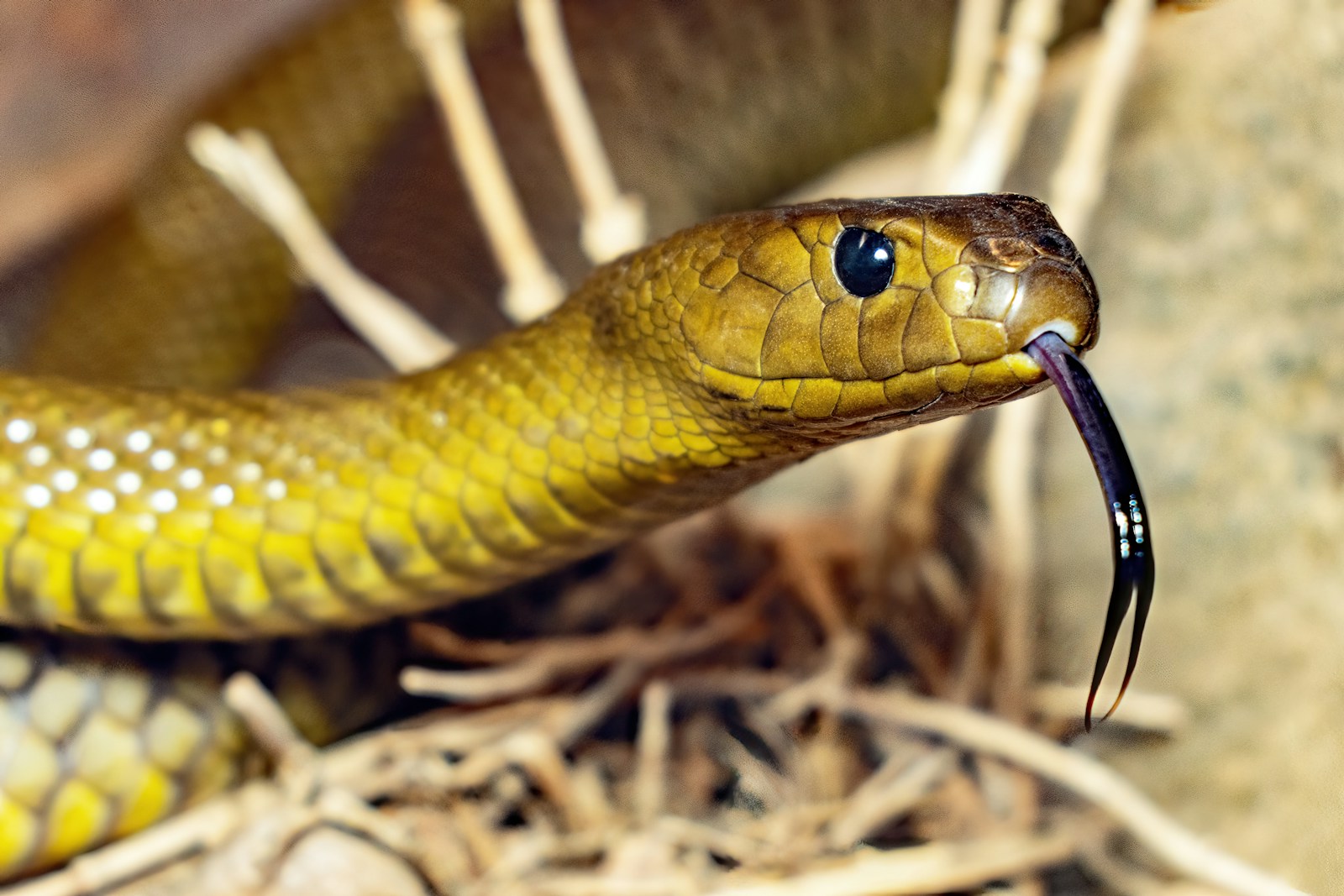
The remarkable variation in thermoregulatory precision among snake species can be partially attributed to differences in their temperature sensing abilities. Pit vipers, boas, and pythons possess specialized heat-sensing organs (pit organs) that can detect temperature differences as small as 0.001°C, giving them extraordinary thermal awareness. These highly sensitive infrared receptors provide these snakes with detailed “thermal maps” of their environment, allowing for exceptionally precise thermoregulatory decisions. Non-pit bearing snakes rely primarily on more general thermoreceptors distributed throughout their bodies, which provide less detailed thermal information. The neural processing of temperature information also varies between species, with those adapted to more thermally challenging environments typically having more dedicated brain regions for temperature assessment. This variation in the sophistication of thermal sensing creates fundamental differences in how effectively different snake species can perceive and respond to thermal opportunities in their environment, directly influencing their thermoregulatory success.
Differences Between Diurnal and Nocturnal Species
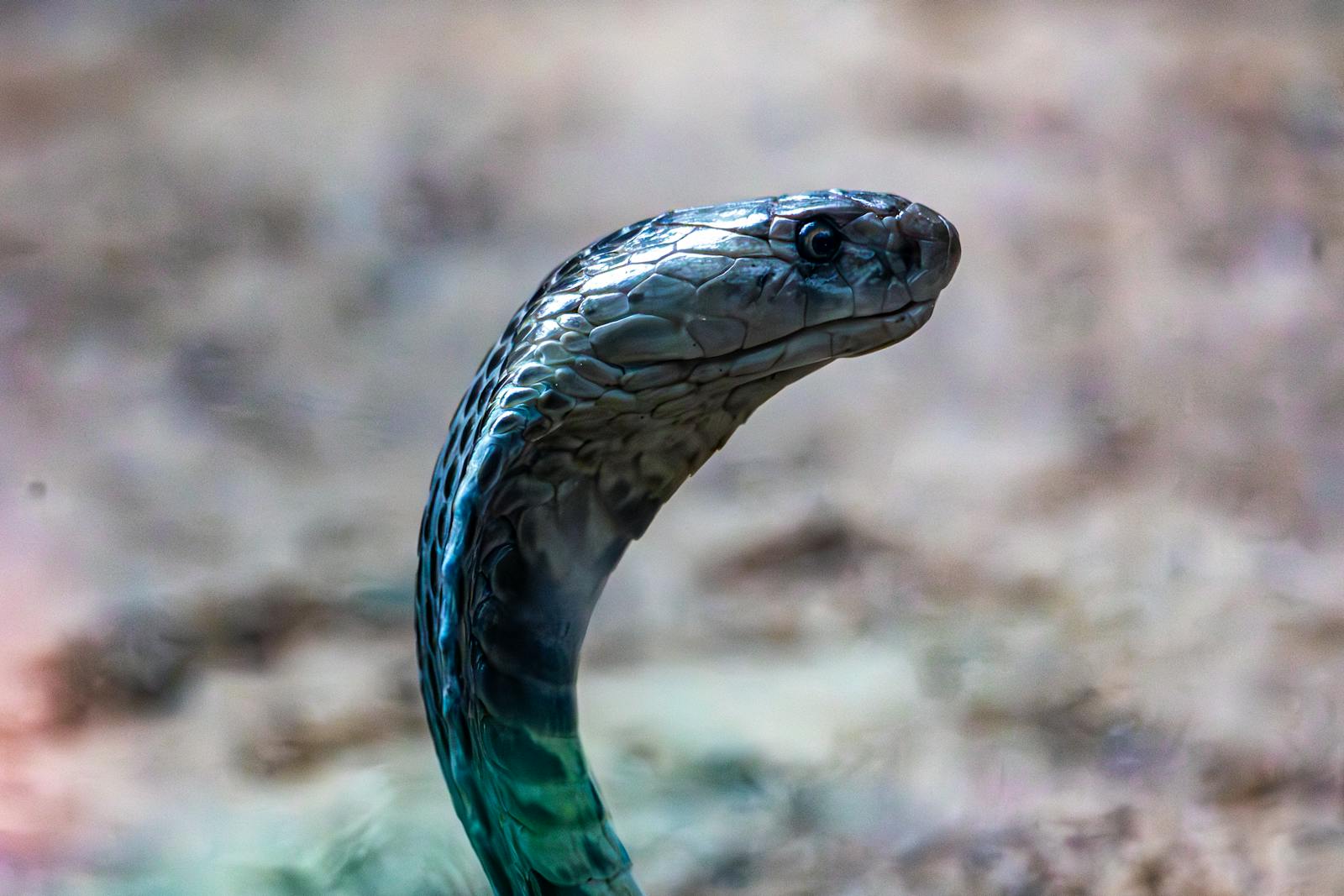
The daily activity patterns of snakes significantly influence their thermoregulatory capabilities, creating distinct differences between diurnal and nocturnal species. Daytime-active snakes typically demonstrate more precise thermoregulation, as they have evolved to take advantage of the diverse thermal mosaic available during daylight hours. These diurnal specialists often show complex basking behaviors and can maintain body temperatures within very narrow optimal ranges by shuttling between sun and shade. Nocturnal species face the challenge of regulating temperature during periods when environmental temperatures are more homogeneous and generally cooler, requiring different adaptations. Many nocturnal snakes have evolved lower preferred body temperatures and greater tolerance for temperature variation, relying more on the residual heat stored in rocks and soil during nighttime activity. Interestingly, some snake species display seasonal shifts in activity patterns, becoming more diurnal during cooler months and more nocturnal during hot periods, demonstrating the tight link between thermoregulatory needs and activity timing.
Evolutionary History and Thermal Strategy
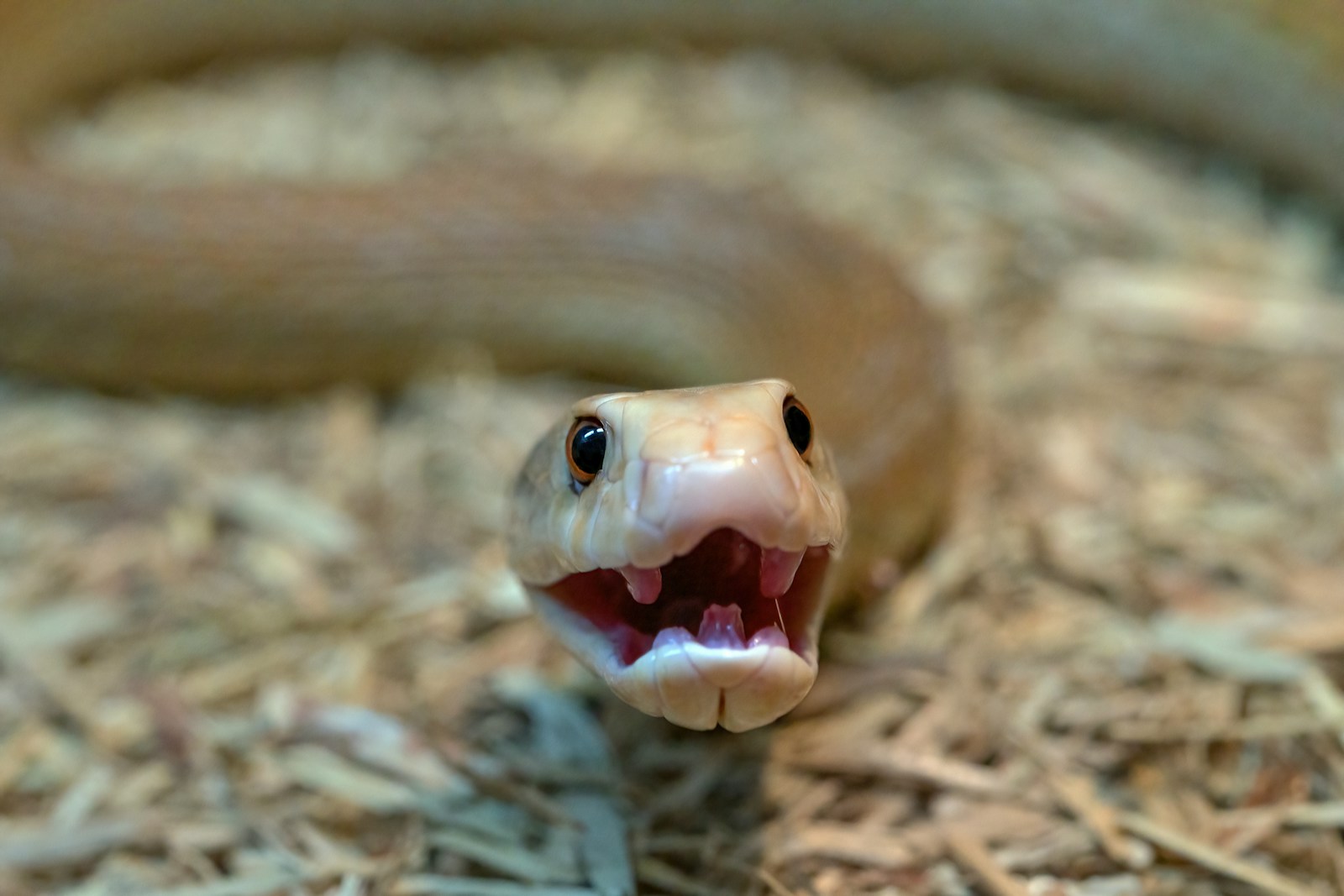
A snake’s evolutionary lineage plays a crucial role in determining its thermoregulatory capabilities, with ancestral adaptations either enhancing or limiting modern species’ temperature control. Snake families with tropical origins, such as boas and pythons, often retain thermoregulatory adaptations suited to more stable thermal environments, even when modern species have expanded into more variable climates. Conversely, lineages that evolved in temperate regions, like many colubrids, typically possess more flexible thermoregulatory systems adapted to seasonal variation. These evolutionary backgrounds create fundamental differences in how snake species approach temperature regulation, with some lineages exhibiting highly conserved thermal preferences that reflect ancient adaptations. Phylogenetic studies reveal that thermoregulatory precision has evolved multiple times independently in different snake lineages, suggesting that this capability provides significant selective advantages in certain ecological contexts. This evolutionary perspective helps explain why seemingly similar snakes occupying similar habitats today may demonstrate vastly different thermoregulatory capabilities based on their distinct evolutionary histories.
Climate Change Vulnerability and Thermoregulatory Ability
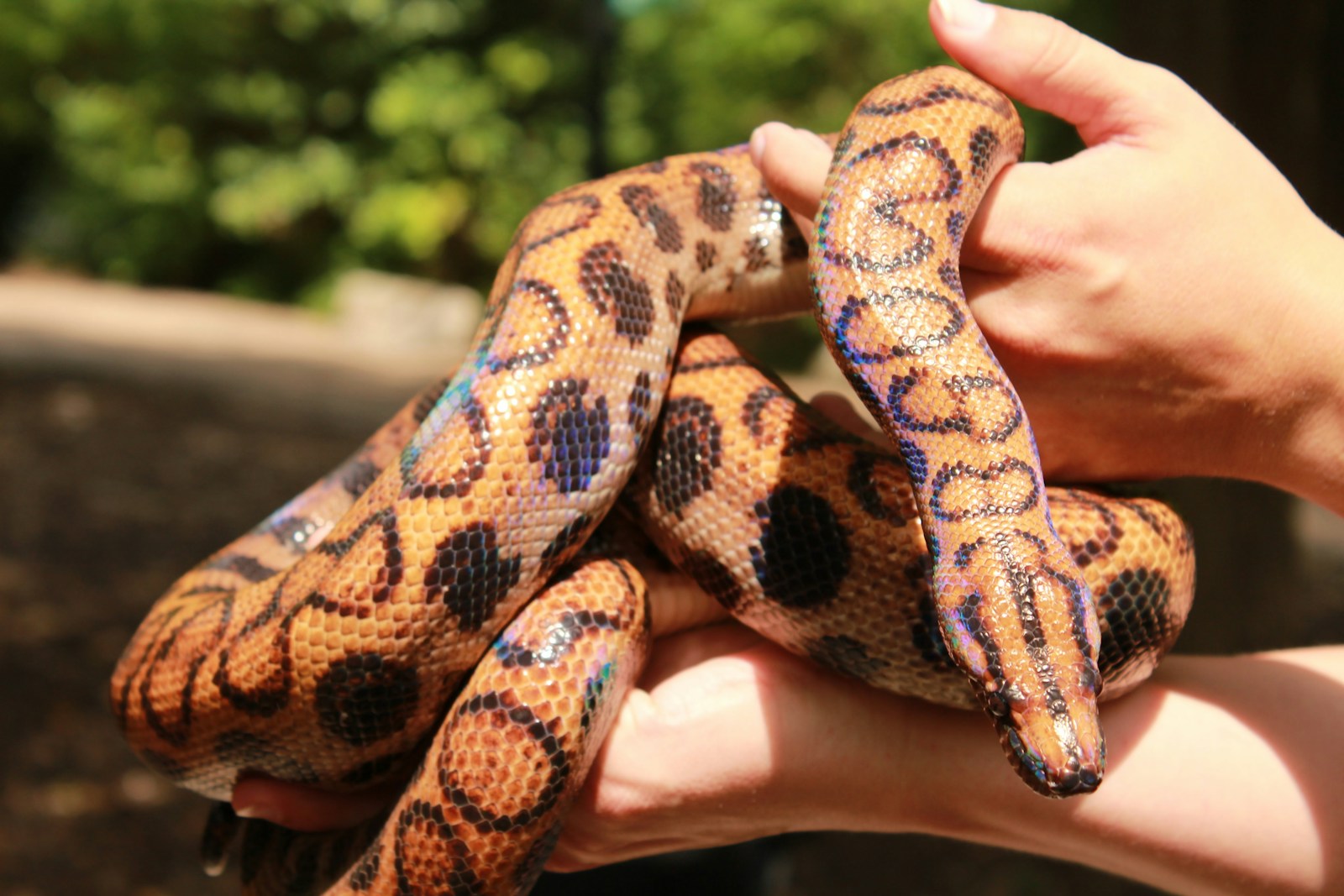
The varying thermoregulatory capabilities among snake species directly influence their vulnerability to climate change, with potential far-reaching consequences for snake biodiversity. Species with narrow thermal tolerances and highly specialized thermoregulatory behaviors, despite their current precision in temperature control, may face greater threats as climatic conditions shift beyond their adaptive capacity. Research indicates that snakes with more generalized thermoregulatory strategies and broader temperature tolerances may demonstrate greater resilience to changing climate patterns. Particularly concerning are tropical forest specialists that have evolved in thermally stable environments and lack the physiological and behavioral plasticity to adjust to increasing temperature variability. Some studies suggest that certain thermoregulatory specialists may be forced to reduce their activity periods significantly as suitable thermal conditions become restricted, potentially compromising feeding, mating, and other essential behaviors. This differential vulnerability based on thermoregulatory capability suggests that climate change may reshape snake communities by favoring thermal generalists over specialists, potentially reducing snake diversity in many ecosystems.
Research Methods in Snake Thermoregulation Studies
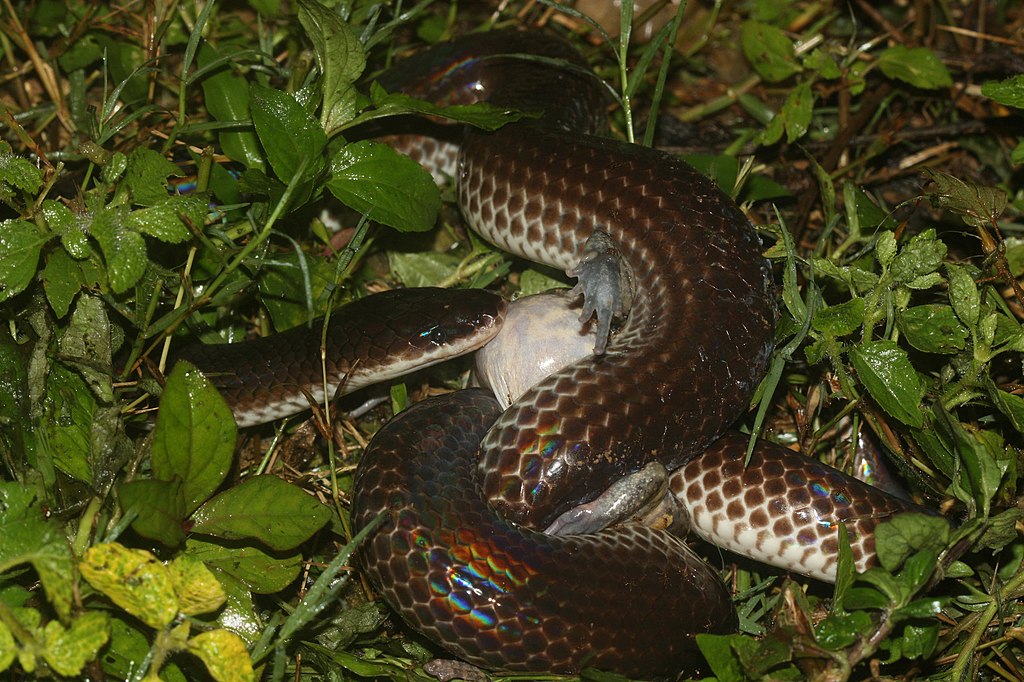
Our understanding of differences in snake thermoregulation has been revolutionized by technological advances in research methodology. Traditional studies relied primarily on cloacal temperature measurements of captured snakes, providing only limited snapshots of their thermal status. Modern research employs sophisticated techniques including implantable temperature loggers that continuously record internal body temperatures of free-ranging snakes, providing unprecedented insights into real-time thermoregulatory patterns. Thermal imaging cameras now allow researchers to observe snake temperature regulation non-invasively, revealing subtle behaviors that would otherwise remain undetected. Laboratory studies using thermal gradients have become increasingly sophisticated, with the ability to precisely control humidity, light cycles, and other variables that influence thermoregulatory choices. Advanced statistical approaches like thermal performance curves and biophysical modeling have enhanced our ability to quantify and compare thermoregulatory precision across species. These methodological advances continue to reveal previously unknown aspects of snake temperature regulation, highlighting even greater diversity in thermoregulatory strategies than scientists initially recognized.
Conservation Implications of Thermoregulatory Differences
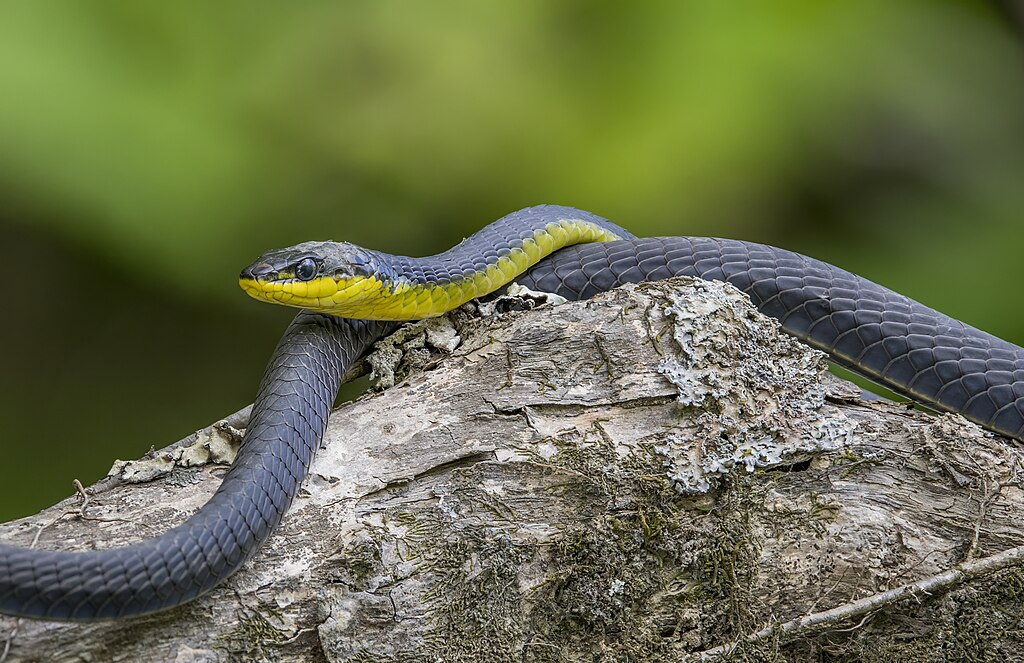
The varying thermoregulatory capabilities among snake species have significant implications for conservation strategies, particularly regarding habitat protection and management. Thermal specialists with precise temperature requirements typically need more intact habitat with diverse microhabitats that provide suitable thermal conditions throughout daily and seasonal cycles. Conservation efforts for these species must focus on preserving not just habitat area but thermal complexity within those habitats, including features like rock outcrops, fallen logs, and vegetation structure that create thermal refuges. Habitat fragmentation poses a particular threat to snakes with limited thermoregulatory flexibility, as it may prevent them from accessing essential thermal resources across the landscape. Conservation planning increasingly incorporates thermal ecology into protected area design, ensuring that reserves can support species with diverse thermoregulatory needs. For captive breeding programs aimed at endangered snake species, understanding specific thermoregulatory requirements has proven essential for successful reproduction and long-term health, highlighting the practical conservation applications of research into snake temperature regulation differences.
The remarkable variation in thermoregulatory abilities among snake species represents a fascinating example of how evolution has produced diverse solutions to the fundamental challenge of temperature control. From specialized desert dwellers with precise thermal control to forest generalists with broader temperature tolerances, each snake species demonstrates adaptations shaped by its unique evolutionary history and ecological context. These differences in thermoregulatory capability influence virtually every aspect of snake biology, from daily activity patterns to geographic distribution, and from predatory success to reproductive strategies. As climate change accelerates, understanding these variations takes on new urgency, potentially determining which species will adapt and which may face decline. By appreciating the complex interplay of factors that determine why some snakes regulate their temperature better than others, we gain not only scientific insight but also essential knowledge for preserving these remarkable reptiles in an uncertain thermal future.

